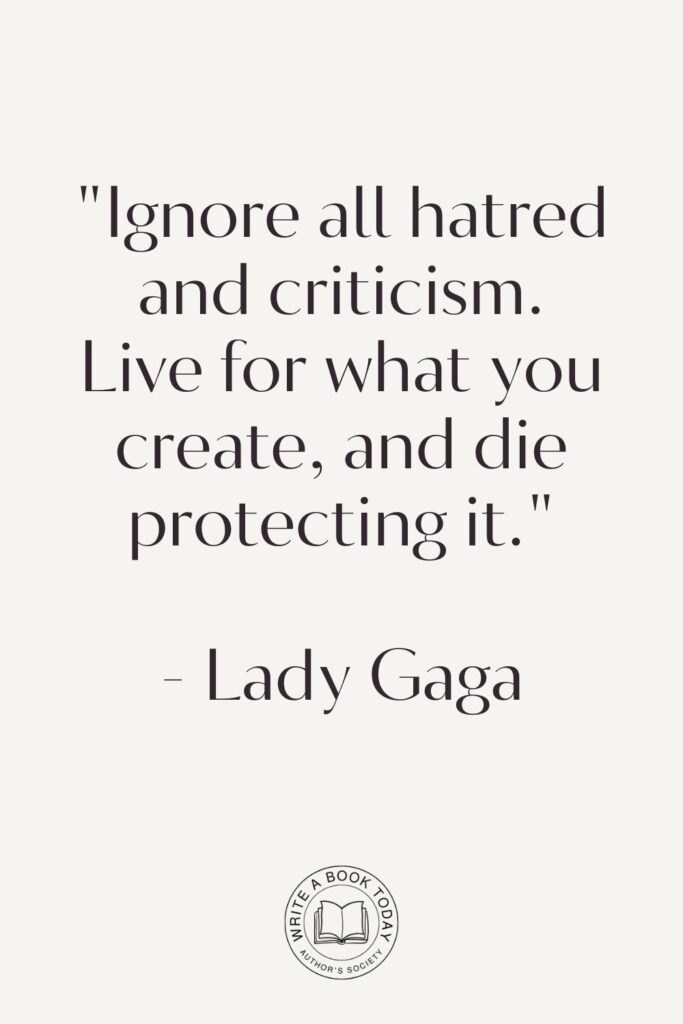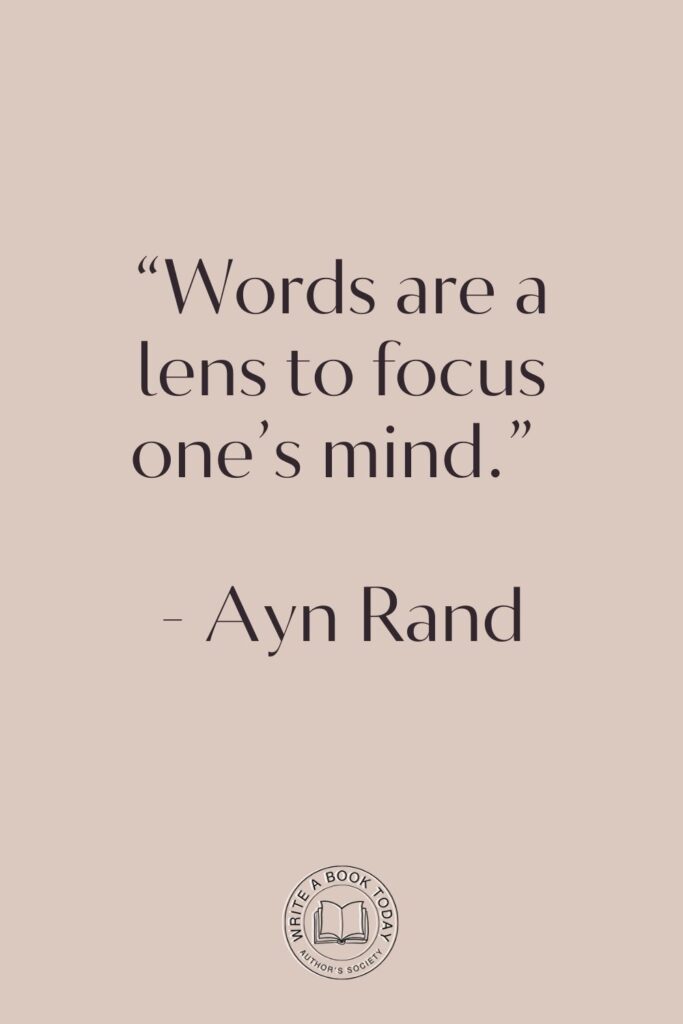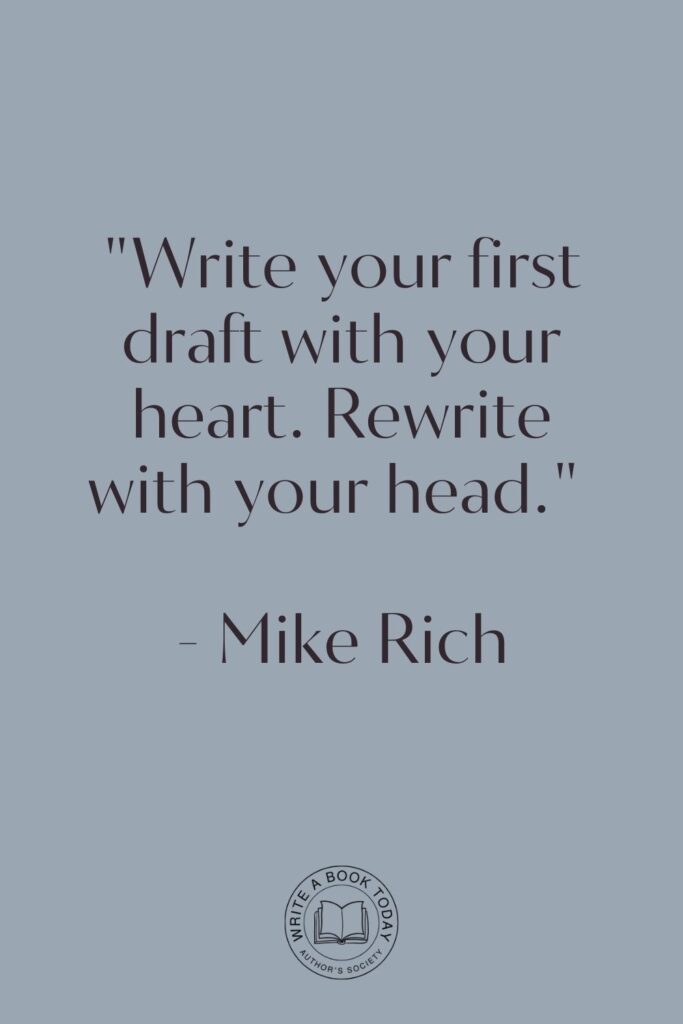Imagine you’re perched on the edge of your seat, heart pounding, eyes glued to the pages of a book. You can’t put it down because the climax is just around the corner, promising a rollercoaster of emotions. This is the power of a well-crafted climax—a crucial moment that can transform a good story into an unforgettable one.
The art of writing a climax that leaves readers breathless lies in the delicate balance of tension, conflict, and resolution. Whether you’re an aspiring writer or a seasoned storyteller, understanding the nuances of this pivotal moment can elevate your narrative to new heights.
So, let’s dive into the world of climactic storytelling and explore the techniques that will captivate your audience.
Understanding the Importance of a Powerful Climax
The climax is the heartbeat of your story, the moment when everything comes together in a crescendo of emotion and action. It’s where the stakes are highest, and the protagonist faces their ultimate challenge.
But what makes a climax truly effective? It’s not just about explosive action or dramatic reveals; it’s about delivering on the promises made throughout the narrative.
A powerful climax resonates with readers, leaving a lasting impact that lingers long after the final page is turned. Let’s delve into the essential elements that contribute to an unforgettable climax.
What Makes a Climax Effective?
An effective climax is a culmination of the narrative threads woven throughout the story. It brings together the character arcs, themes, and conflicts in a way that feels both surprising and inevitable. The key is to create a sense of anticipation, building tension gradually until it reaches a breaking point.
Readers should feel like they’re holding their breath, eager to see how the story unfolds. This emotional investment is what makes the climax so impactful. By aligning the climax with the story’s central theme, you can deliver a message that resonates deeply with your audience.
To craft a compelling climax, ensure that your protagonist’s journey is at the forefront. The climax should reflect their growth and decisions, highlighting the consequences of their actions. This personal connection will make the climax more meaningful and relatable to your readers.
No marketing platform? No social following? No problem!
Publisher Rocket helps you market your debut novel like a pro.
It’s a gamechanger for debut authors – try it today!


The Role of Conflict in Crafting a Climax
Conflict is the driving force behind any great story, and it’s especially crucial in crafting a gripping climax. The clash between opposing forces—be it internal struggles, external adversaries, or moral dilemmas—creates the tension necessary for a climactic showdown.
As the story progresses, the conflict should escalate, drawing the protagonist deeper into a web of challenges. This escalation keeps readers engaged, as they become invested in the outcome. A well-executed climax resolves the central conflict, providing closure and satisfaction to the narrative journey.
Incorporating subplots and secondary conflicts can add layers of complexity to your climax. These elements enrich the story, offering additional stakes and opportunities for character development. By weaving these threads into the climax, you can create a multifaceted narrative that keeps readers guessing until the very end.
Key Storytelling Techniques for Writing a Climax
Crafting a climax that resonates requires a mastery of storytelling techniques that engage readers on multiple levels. From building tension to exploring character dynamics, these techniques form the backbone of a compelling narrative. Let’s explore some key strategies that will elevate your climactic moments.

Building Tension and Suspense
Tension and suspense are the lifeblood of a captivating climax. To keep readers on the edge of their seats, it’s essential to create a sense of urgency and anticipation. Start by establishing clear stakes early in the story, and gradually increase the pressure as the climax approaches.
Use pacing to your advantage, alternating between moments of calm and intense action to keep readers guessing. Employ descriptive language and vivid imagery to immerse your audience in the scene, making them feel every heartbeat and breath.
Consider using a ticking clock or deadline to heighten the sense of urgency. This technique adds a layer of immediacy to the climax, forcing characters to make critical decisions under pressure. By manipulating time, you can intensify the drama and keep readers hooked until the final resolution.
When building suspense, consider using foreshadowing to plant subtle hints throughout the story. These clues create anticipation and intrigue, encouraging readers to piece together the puzzle. A well-placed revelation during the climax can deliver a satisfying payoff that feels earned and rewarding.
Utilizing Character Development
Characters are the heart of any story, and their development plays a crucial role in crafting a memorable climax. The climax is an opportunity to showcase the protagonist’s growth and transformation, highlighting the choices they’ve made along their journey.
By placing characters in situations that test their limits, you can reveal their true nature and motivations. This emotional depth adds resonance to the climax, making it more impactful and relatable to readers.
Consider how your characters’ relationships and dynamics influence the climax. Interactions with allies, rivals, and mentors can shape the outcome, adding layers of complexity to the narrative. By exploring these connections, you can create a climax that is rich in emotional nuance and thematic depth.
Incorporating Themes and Motifs
Themes and motifs are the threads that weave through your story, adding layers of meaning and resonance. By incorporating these elements into the climax, you can deliver a message that resonates with readers on a deeper level.
Consider how the themes explored throughout the narrative can be brought to the forefront during the climax. This thematic alignment adds cohesion to the story, reinforcing the central message and leaving a lasting impression.
Motifs, such as recurring symbols or imagery, can also enhance the impact of the climax. These elements serve as visual or emotional anchors, grounding the narrative in a specific context. By revisiting motifs during the climax, you can create a sense of continuity and closure, tying together the various threads of the story.
Google Docs is for notes. Scrivener is for novels. Upgrade your writing game and try it for free today!

Powerful Climax Strategies to Engage Readers
Creating a climax that captivates readers requires a blend of creativity and strategy. By employing unexpected twists, mastering timing and pacing, and fostering emotional resonance, you can craft a climactic moment that lingers in the minds of your audience. Let’s explore these strategies in more detail.
Unexpected Twists and Turns
One of the most effective ways to engage readers during the climax is to introduce unexpected twists and turns. These surprises can defy expectations, keeping readers on their toes and enhancing the overall impact of the story.
To execute a successful twist, it’s essential to lay the groundwork earlier in the narrative, planting subtle hints and red herrings that mislead without deceiving. When the twist is finally revealed, it should feel both shocking and inevitable, leaving readers in awe of the storytelling craft.
Twists can take many forms, from character revelations to plot reversals. The key is to ensure that the twist serves the story, enhancing the narrative rather than distracting from it. By aligning the twist with the story’s themes and character arcs, you can create a climax that is both surprising and meaningful.
To create a memorable twist, consider subverting common tropes and expectations. Challenge readers’ assumptions by introducing an element that changes the narrative trajectory. This fresh perspective can breathe new life into your story, leaving readers eager to see how it unfolds.

The Art of Timing and Pacing
Timing and pacing are critical components of a successful climax. The buildup to the climactic moment should be carefully orchestrated, with each scene contributing to the rising tension.
Consider the rhythm of your narrative, balancing fast-paced action with moments of introspection and reflection. This dynamic interplay keeps readers engaged, creating a sense of momentum that propels the story forward.
The timing of the climax itself should be carefully considered, ensuring that it occurs at the right moment in the narrative arc. Too soon, and the story may feel rushed; too late, and the tension may dissipate. By finding the perfect balance, you can deliver a climax that feels both satisfying and exhilarating.
Creating Emotional Resonance
At the heart of every great climax is emotional resonance—the ability to connect with readers on a visceral level. To achieve this, it’s essential to tap into the core emotions of your characters and convey them authentically.
Consider the stakes and consequences of the climax, and how they affect the characters’ lives and relationships. By exploring these emotional dynamics, you can create a climax that is both powerful and poignant.
Empathy is a crucial tool in creating emotional resonance. By allowing readers to see the world through the eyes of your characters, you can foster a deep connection that amplifies the impact of the climax. This emotional investment ensures that readers remain engaged, eager to see how the story resolves.
Feeling lost with your debut novel?
Fiverr Pro connects you with expert editors, designers, and marketers – everything you need to get your book ready for success!

Crafting Your Own Breathless Climax
Now that we’ve explored the techniques and strategies for crafting a powerful climax, it’s time to put them into practice. Writing exercises and learning from literary masters can help you hone your skills and create a climax that leaves readers breathless.
Let’s delve into these resources and discover how they can enhance your storytelling prowess.
Writing Exercises to Enhance Your Skills
Writing exercises are a valuable tool for developing your storytelling abilities and experimenting with new techniques. Consider starting with a prompt that challenges you to write a climactic scene in a different genre or style.
This exercise encourages you to think outside the box and explore new narrative possibilities. Additionally, try writing a scene from multiple perspectives, focusing on the emotions and motivations of different characters. This exercise helps you develop empathy and deepen your understanding of character dynamics.
Another useful exercise is to analyze the climaxes of your favorite stories, identifying the elements that make them effective. Consider how tension is built, how conflicts are resolved, and how themes are reinforced. By dissecting these examples, you can gain valuable insights into the art of crafting a powerful climax.
Learning from Literary Masters
Great writers have long been our guides in the art of storytelling. By studying the works of literary masters, you can gain inspiration and insight into the techniques that make their climaxes so impactful.
Consider reading classic novels, analyzing how authors like Jane Austen or Charles Dickens build tension and resolve conflicts. Pay attention to their use of language, pacing, and character development, and consider how these elements contribute to the overall impact of the climax.
Contemporary authors also offer valuable lessons in crafting climaxes. Explore the works of writers like J.K. Rowling or George R.R. Martin, noting how they create complex narratives with intricate plots and unexpected twists. By learning from these masters, you can refine your own storytelling skills and create climaxes that resonate with readers.

Sharing Your Climax with the World
Once you’ve crafted a climax that leaves readers breathless, it’s time to share your work with the world. Feedback and revisions play a crucial role in refining your story, while publishing offers the opportunity to reach a wider audience. Let’s explore these final steps in the storytelling journey.
Feedback and Revisions
Receiving feedback is an essential part of the writing process, helping you identify areas for improvement and refine your climax. Consider sharing your work with beta readers or writing groups, seeking constructive criticism and insights.
Be open to suggestions and willing to make revisions that enhance the clarity and impact of your story. Remember, every revision brings you closer to a polished and compelling narrative.
As you revise, focus on the pacing and emotional resonance of your climax. Ensure that the stakes are clear, the tension is sustained, and the resolution feels satisfying. By addressing these elements, you can create a climax that captivates and resonates with readers.
Publishing Your Story and Beyond
Publishing your story is the culmination of your creative journey, offering the opportunity to share your work with a wider audience. Consider the various publishing options available, from traditional publishing to self-publishing and online platforms. Each option has its own benefits and challenges, so choose the one that aligns with your goals and aspirations.
Once your story is published, continue to engage with your readers and seek opportunities to share your work. Consider participating in writing events, joining literary communities, and connecting with fellow writers.
By fostering these connections, you can continue to grow as a storyteller and inspire others with your work.








